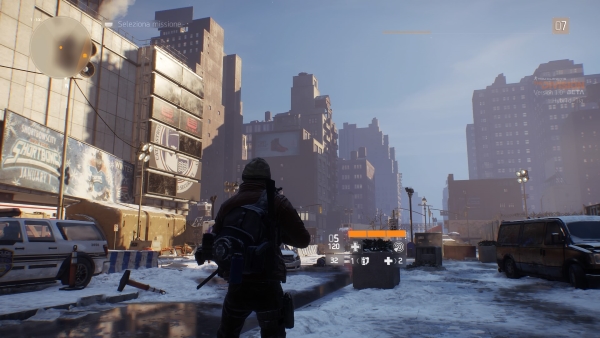The DICE Summit is an elite event dedicated to the world of video games, where some of the most experienced technicians explain the techniques they have used to create more realistic titles, and faithful. Tommy Francois Ubisoft has focused on the process of reconstruction of real-life scenarios within the open-world games such as various Assassin's Creed in the past and how new The Division, set in New York, and Ghost Recon: Wildlands, set in Bolivia.
According to Francois create worlds of realistic and immersive games is essential to bring a title to the success. "I want to enhance the development team to create the greatest impact video games," said Francois in Las Vegas. "Worlds of this type are very complex to build, because they are real simulations."
"I have two children and I know that when playing a title based on a world that faithfully reproduces reality acquire something and their culture better. With this in mind, very hard work to help Ubisoft to create ever more immersive worlds and more and more impact, "said Francois. "I have read a lot about a city or a place, but it will never be like to visit it."
Francois is what I want to say that Ubisoft sends the technical teams in the real places where he wants to set his play, in order to capture not only a set of data but also to deal with the locals. For example, in the case of Far Cry 4 he was sent a team in Nepal. At first, the game world, says Francois, was a kind of "declination of Nepal in Disneyland style", but after that visit Ubisoft has managed to give more depth to his game scenario.
It can be said that Far Cry 4 is poor in terms of game mechanics and innovation, but certainly you can not fault the game world, faithful and impressive as a few others.
Similar work has been done to play New York at the base of The Division. The Ubisoft team went to examine the underground lines of the Big Apple in order to understand how people could use them to escape in the event of a bio-terrorist attack on a large scale such as the one envisioned in The Division.
For this work the Ubisoft team used a tool called World Texture Facility (WTF), through which it can provide artists and developers with a set of data, video, images and other details that can help in the creation of the game world. It is a kind of database that all the staff working on the development of the game can visit to get ideas when performing local architecture, but also its culture.

Comments
Post a Comment